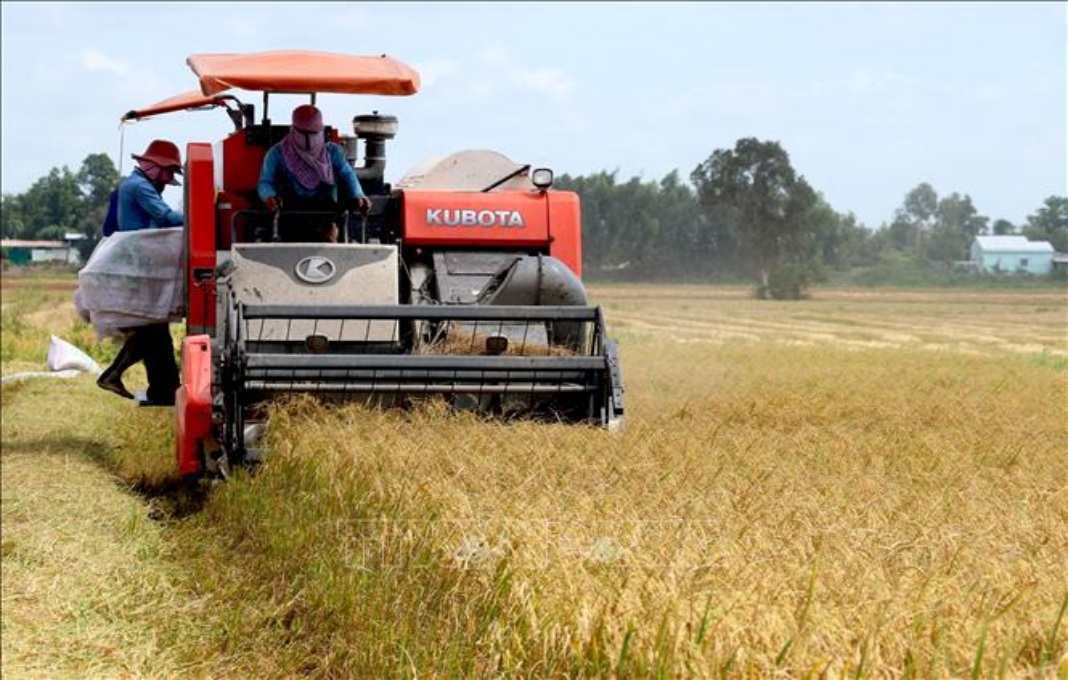HCMC – The Mekong Delta province of Long An aims to zone 60,000 hectares of land for high-quality and low-emission rice cultivation by 2025, with plans to double it to 125,000 hectares by 2030.
This goal was announced at a conference organized by the local government on May 29, concerning the project to grow one million hectares of high-quality, low-emission rice in the Mekong Delta region until 2030, reported the Vietnam News Agency.
Long An’s current annual rice cultivation area is around 500,000 hectares. The targeted area under sustainable rice cultivation in 2030 will therefore account for 25% of the province’s total annual rice cultivation area.
According to the Department of Crop Production under the Ministry of Agriculture and Rural Development, sustainable rice cultivation will reduce the use of chemical fertilizers and pesticides by 30% and decrease water use by 20% compared to traditional farming methods.
The project, which aims to sustainably develop one million hectares of specialized high-quality, low-emission rice cultivation linked with green growth in the Mekong Delta region until 2030, will be implemented in 12 provinces in the Mekong Delta region.
This specialized area aims to facilitate rice production while pursuing environmental protection and climate change adaptation goals. The project seeks to modernize the rice production industry nationwide, focusing on green production, reducing emissions, and ensuring high quality to establish Vietnam’s rice as a reputable brand.
The project will span five years, from 2026 to 2031, with a two-year preparatory phase in 2024 and 2025. The total estimated cost for implementation is around US$375 million, equivalent to nearly VND9 trillion.









